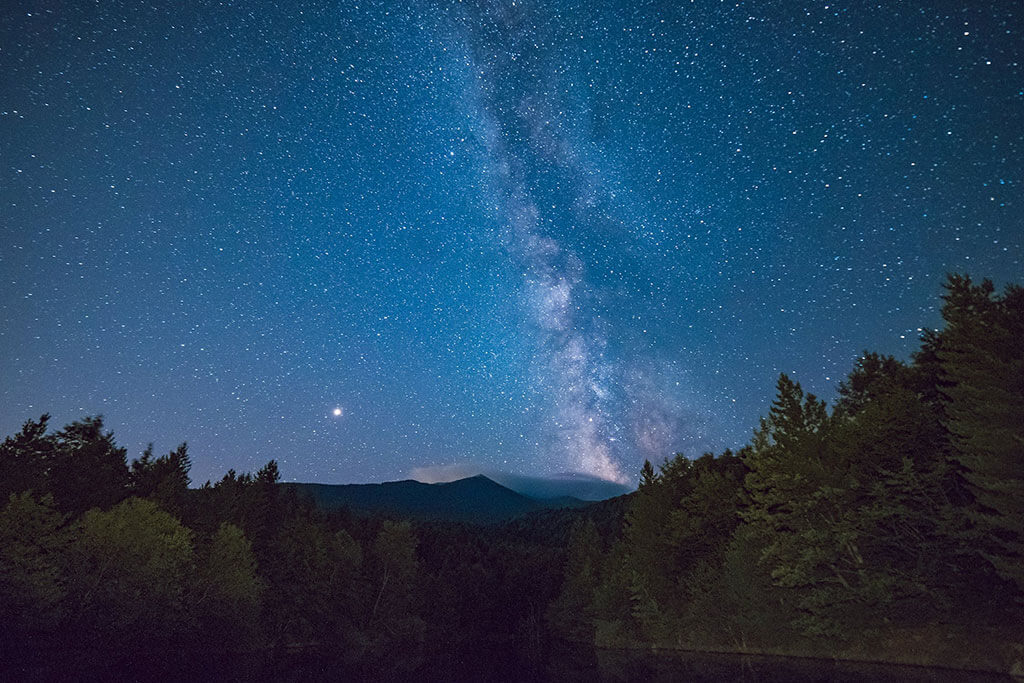
12
October
Jane/Dundas Library: Earth's Battered Moon
Just like the Earth, the Moon is about 4.5 billion years old. It has been and continues to be constantly bombarded by meteorites. Some suggest that this rate of bombardment has remained constant in the past couple of billion years. The Moon's surface without any substantial atmosphere or tectonic activity serves as a time capsule, helping us detangle Earth's history. The only way to see if the bombardment rate has changed is to have an age for every single crater, an extremely difficult task using traditional crater dating methods.

5
October
St. James Town Library: Earth's Battered Moon
Just like the Earth, the Moon is about 4.5 billion years old. It has been and continues to be constantly bombarded by meteorites. Some suggest that this rate of bombardment has remained constant in the past couple of billion years. The Moon's surface without any substantial atmosphere or tectonic activity serves as a time capsule, helping us detangle Earth's history. The only way to see if the bombardment rate has changed is to have an age for every single crater, an extremely difficult task using traditional crater dating methods.

7
September
RASC Mississauga: Explore the Night Sky Astronomy Course
Earthshine Astronomy and Space Science Organization and The Riverwood Conservancy (TRC) present this four night course open to budding astronomers ages 12 and up. The course is taught by members of the Royal Astronomical Society of Canada – Mississauga Centre. If the sky is clear, there will be observing for 30 minutes after the end of the session.
September 8 (7:00-9:00pm)Introduction to the Night Sky
September 15 (7:00-9:00pm)Observing the Sun & Moon

14
September
Nerd Nite Toronto: Spaced and Confused: A Hypnotic Journey
Nerd Nite is back! Sam and Erez are thrilled to present the first nite of the 2017-18 season: Spaced and Confused: A Hypnotic Journey!
Be there and be square!
Presentation 1: “Mind Games: Hypnosis & Subconscious Success”
By Brandon Dean, Certified Consulting Hypnotist & Hypnotherapist, Certified Smoking Cessation Specialist, Subconscious Success Coach, Certified Professional Stage Hypnotist

7
September
UofT AstroTour: How to Fly a Telescope
We’ve all heard about ground-based telescopes and space telescopes, but what about telescopes that are flown on balloons? What do they do? How do they work? Why do we use them? In this lecture, Rachel Domagalski will talk about the history of balloon astronomy, as well as some of the science that’s come from balloon telescopes. She will also talk about the development of two very different balloon telescopes, SPIDER and SuperBIT, that’s taking place right here in Toronto.

29
August
UofT Planetarium: Voyager’s Odyssey: A Small Probe’s Adventures into Interstellar Space
Showtimes: 7:00pm, 8:00pm, and 9:00pm
In 1977 two small probes, Voyager 1 and 2, were launched from Earth with a mission to study the outer solar system. Both spacecraft visited Jupiter and Saturn, and Voyager 2 passed by Uranus and Neptune, returning images to Earth which allowed us to make surprising discoveries about these distant planets. Now these probes are entering interstellar space, making them the furthest man-made objects from the Earth!

21
August
Fields Institute: Adventures in the 7th Dimension
In 7 dimensions there exist special shapes that may help us unlock the mysteries of the universe. Looking for this unique geometry is challenging, but nature holds a possible solution (specifically, bubbles and thermodynamics). In this talk, Jason Lotay (University College London) will take us on a mathematical journey across multiple dimensions, exploring their role in art, science and popular culture.
Poster

18
August
UofT Planetarium: A Grand Tour of the Cosmos
Showtimes: 7:00pm, 8:10pm, 9:15pm

11
August
UofT Planetarium: A Grand Tour of the Cosmos
Showtimes: 7:00pm, 8:10pm, 9:15pm

5
October
Westdale Library: The Past, Present and Future of Planet 9
Pluto has always been the favourite of many who have cast their thoughts out to the stars and planets. More than that though, it has played a key role in our understanding of how our solar system is formed and it may be the key to further exploration of our neighbourhood of space. In this richly illustrated presentation we explore its history, our recent discoveries and how it may lead us to one of the greatest astronomical discoveries of the 21st century.
